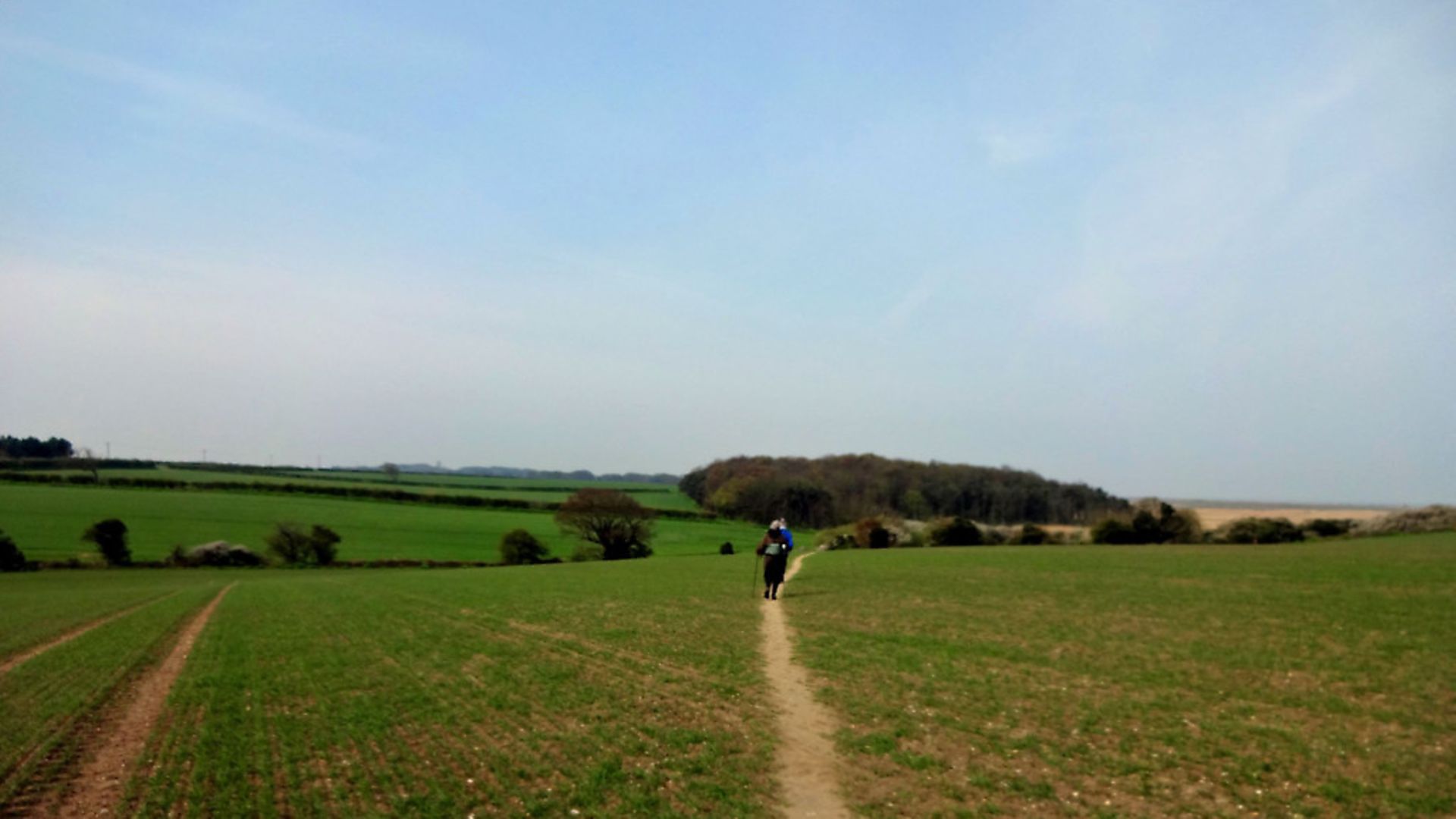
The very spot where accents change can often be pinpointed and it’s often a case of geography, as PETER TRUDGILL explains
My late mother-in-law came from the American Midwest, a predominantly flat land of enormously fertile and productive soils.
She was not very impressed by the Rocky Mountains, observing that you couldn’t grow much there. For her, the most beautiful part of the British Isles was not the rugged coast of the west of Ireland, nor the mountains of Snowdonia, nor the English Lake District, nor the Scottish Highlands. The area which most impressed her with its beauty was the low-lying English Fenland of northern Cambridgeshire and adjacent areas of Lincolnshire and Norfolk, together with bits of Suffolk, Huntingdonshire and Northamptonshire.
She loved those thousands of acres of rich black soil stretching from horizon to horizon, with no mountains or forests in the way to spoil the view.
Her opinion, however, was not one that has been very widely shared by many British visitors to the Fens.
Samuel Pepys, writing in the 17th century, describes his travels “over most sad fenns, all the way observing the sad life which the people of the place do live, sometimes rowing from one spot to another and then wading”.
Sad it may have seemed to him, but the few people who inhabited the Fenland seem rather to have liked it like that.
There were frequent acts of sabotage and rioting throughout the 1700s as local people, whose fishing and wild-fowling lifestyle was being threatened, tried to block the large-scale drainage programmes that were then beginning to be carried out.
Until this drainage began, the Fens had been more or less uninhabitable for the whole of recorded history. The area between Cambridge and the Wash was mostly marshland which was subject to very frequent flooding; and up until the 17th century the northern coastline lay 12 miles or so further south than it does at present.
Most of the sparse Fenland population lived on a few islands of higher ground and in small communities on this northern coastline. Because of the impassability of the area and its undesirability, as far as most people were concerned, as a place of habitation, the Fens constituted a serious barrier to communication; and it is no accident that one of the most important dialect boundaries in the English-speaking world – the one that runs between East Anglia, on the one hand, and the East Midlands, on the other – developed there and still remains in place to this day.
The dialect border is very clear-cut in the north of the Fens, between Lincolnshire to the west and Norfolk to the east, running from south to north along the River Nene until it debouches into the Wash.
On the west bank of the river, people in Lincolnshire say butter, up and cup in the north-country way with the same vowel as foot: so “bootter”; they pronounce path with the short vowel of pat; and sometimes drop their h’s. If you cross the Nene into Norfolk, the countryside is more or less uninhabited for a while, but when you do encounter settlements again as you travel east, people can suddenly be heard to be saying butter in the southern way, pronouncing path with the same long vowel as palm, and not dropping their h’s.
Dialect boundaries are often located at points where linguistic changes which were spreading outwards from some centre have come to a halt.
Probably the biggest dialect boundary in the English-speaking world developed centuries ago along the line of the physical barrier posed by the Humber Estuary.
North of that line, speakers of traditional dialects still pronounce words like town and house as Chaucer would have done: “toon” and “hoose”. The new “town” and “howse” pronunciations developed in London and gradually spread north, from person to person and place to place, until they were halted by the break in communication caused by the broad estuary downstream from the confluence of the River Ouse and River Trent.









